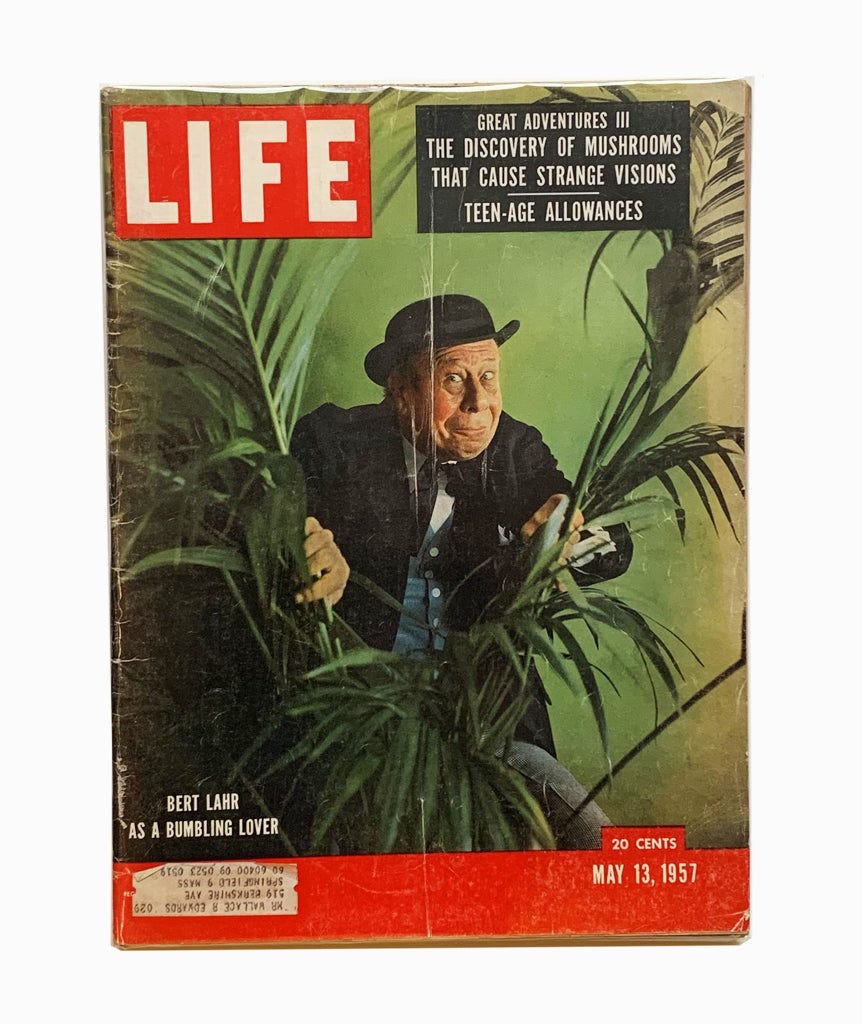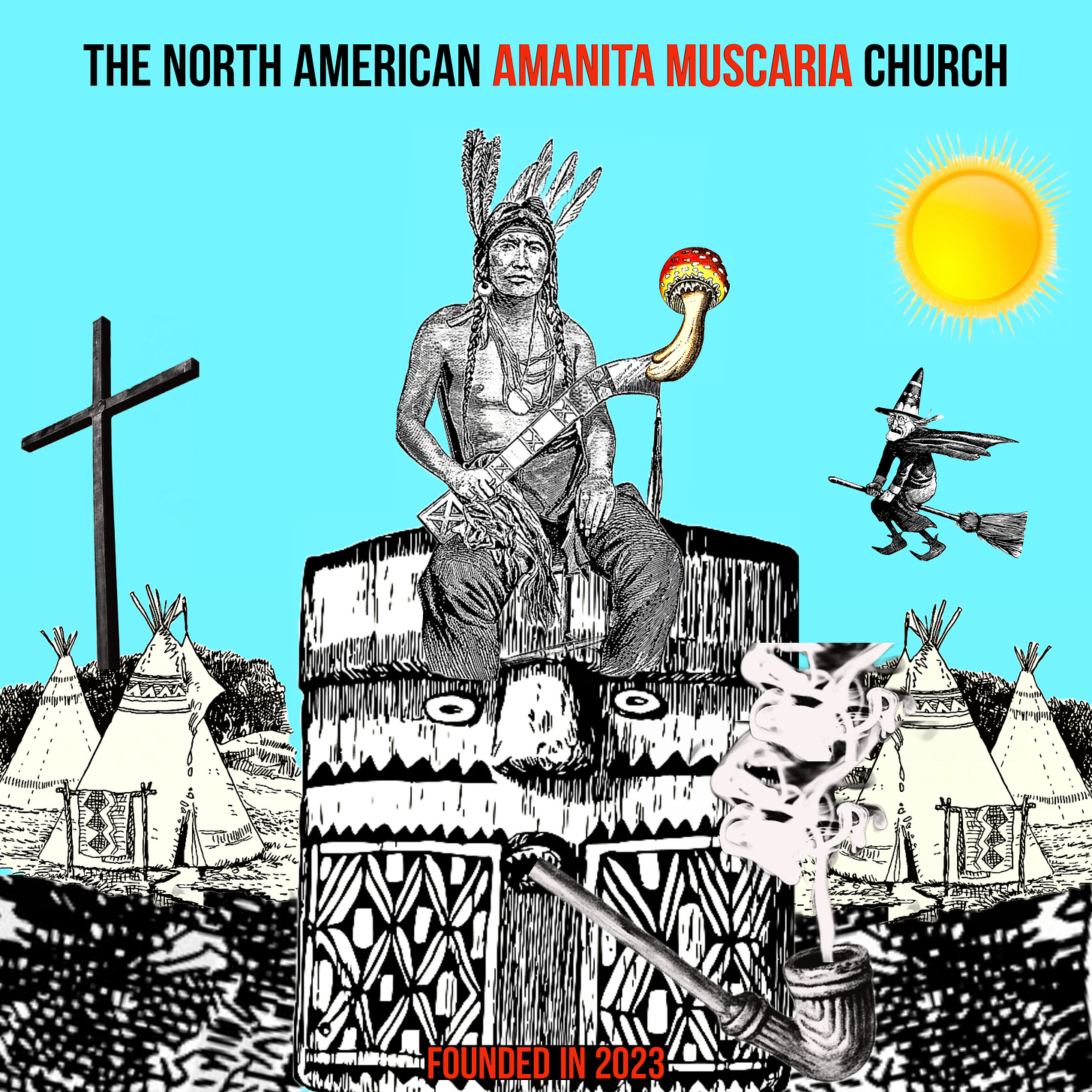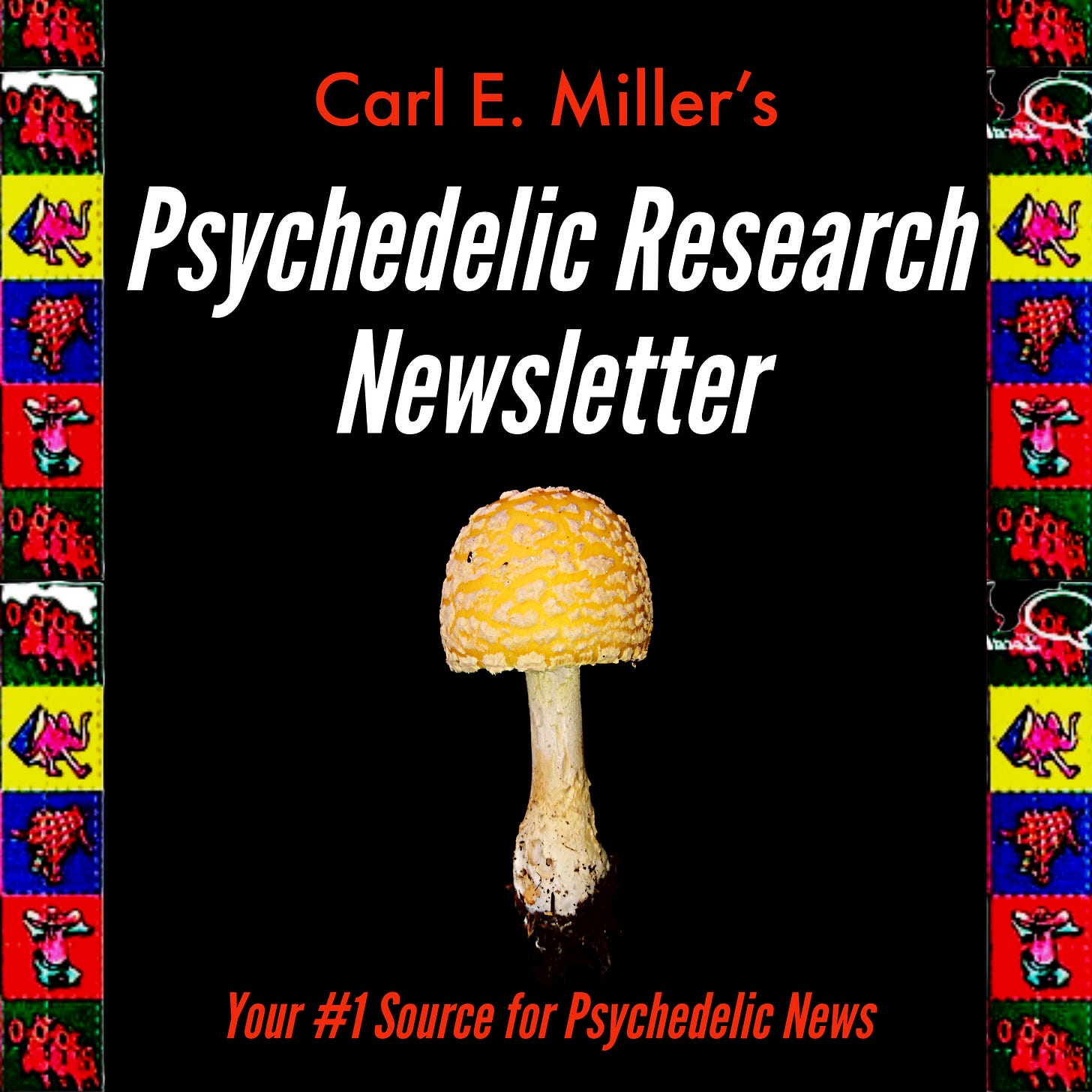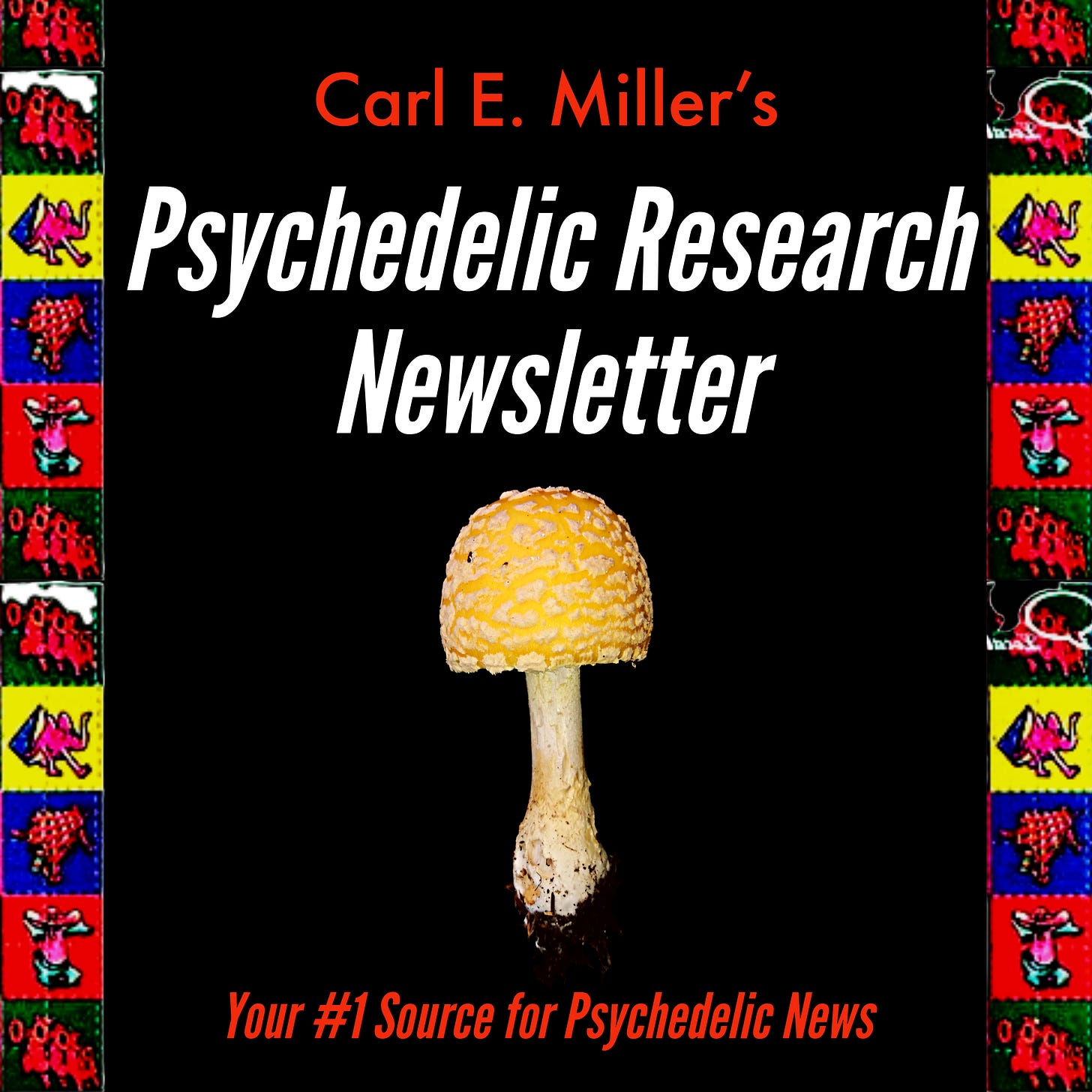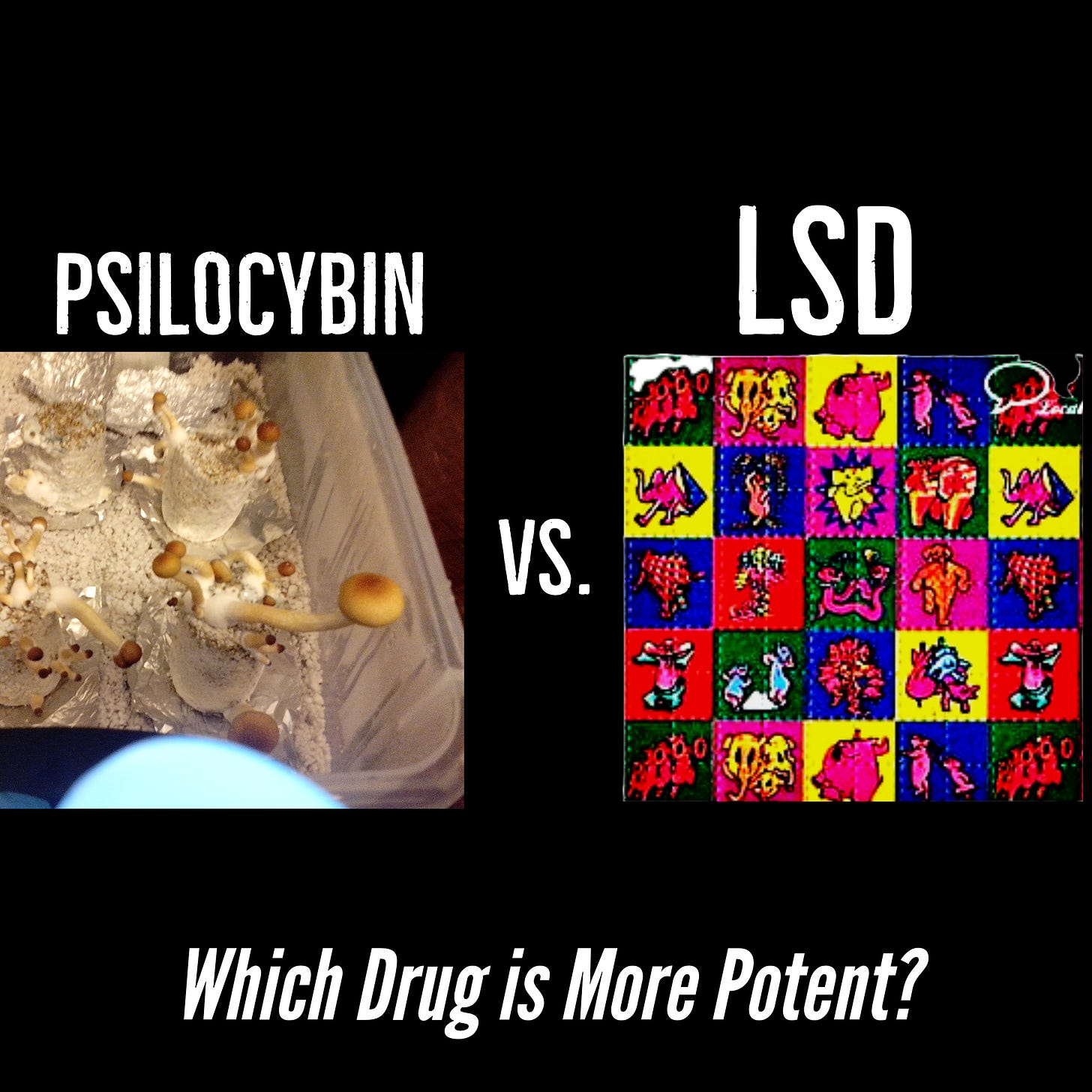Psychedelic Research Newsletter
Dashboard
Read in the Substack app
Seeking The Peyote Cactus
MAR 14, 2024
Seeking The Peyote Cactus
The peyote cactus is extremely unique in many ways, in large part due to its hallucinogenic properties — but also because of its rather small natural habitat. This map below found on Wikipedia for example, is being somewhat generous with the distribution range, in my opinion. Either way, as you can see below the range isn't that far considering this is the only place in the world where the cactus is found growing naturally.
https://commons.m.wikimedia.org/wiki/File:Distribuci%C3%B3n_del_Peyote.jpg#mw-jump-to-license
It's a quite rare and relatively small cactus, but also quite powerful. Some of the alkaloids contained in the cactus were first documented in the 1880s, and the findings later published in 1888 by German pharmacologist Louis Lewin. However the main psychoactive compound found in this cactus (mescaline) wouldn't be isolated until 1897, by the German chemist Arthur Heffter. Around this same time, between 1890-1907 in “Oklahoma Territory” a new religion of sorts began to emerge among the indigenous people in North America. This religion is oftentimes referred to as the “Peyote Religion”, but in terms of being technical, let's call it the Native American Church. This religion was founded by Quanah Parker, a half white and half Indian man who has a very fascinating story himself. If you're a fan of Western movies, you may even recognize his story that's been often depicted on screen. The story is basically about a Comanche tribe who abducts a white woman (Cynthia Ann Parker) and over time she begins to feel like part of the tribe and has a child with one of the tribesmen, resulting later in the birth of Quanah Parker.
The religion itself was basically a merging between Christianity and some of the old beliefs of the indigenous — forming a hybrid religion more-or-less. But without Parker, there arguably wouldn't be a religion that's as recognized today. Additionally, without that specific religion, the indigenous people wouldn't be able to legally use psychedelics like the peyote cactus as part of their sacrament. It's also worth noting that there are some other cacti that contain mescaline, namely the “San Pedro” cactus that I will include below — and it's also worth noting that in many cases the cacti are actually legal for ornamental purposes only, although not always. Usually the trouble begins (legally) when the isolation itself begins.
https://commons.m.wikimedia.org/wiki/File:Starr_070320-5799_Echinopsis_pachanoi.jpg#mw-jump-to-license
If I'm not mistaken, mescaline was the first psychedelic drug ever isolated from a plant (or fungus) or anything else for that matter. Today, mescaline is usually not considered to be a major player in the role of hallucinogens, at least not in the same way as LSD or psilocybin. Nevertheless, mescaline (peyote) too has found its way into the mainstream with mentions in Hunter S. Thompson's book Fear and Loathing in Las Vegas, and even in the desert scene in the film Beavis and Butt-Head do America.
But let's redirect the primary focus to the title of the article, which is “Seeking The Peyote Cactus”. Now that title is intentionally unoriginal, but only for those who know the score. What I'm referring to is an article (photo essay) that is widely known for popularizing magic mushrooms, and it was titled “Seeking The Magic Mushroom” and it was published in 1957 by Life magazine (written by R. Gordon Wasson).
So in many ways I'm simply paying homage to the early pioneers in Ethnobotany, as we simply try to pick up the many pieces today where they left off. But, for those truly seeking the peyote cactus, they will sooner or later find it and I will do my part in assisting in any way possible. Because, after all, I too am seeking this magical cactus. First things first, the scientific name is “Lophophora williamsii”. The next thing you will do with that information, if that's what you're into of course, is look for online distributors who will not only sell, but also ship it to you. So I'll include a few links that seem legitimate below —
https://www.etsy.com/market/peyote_cactus_plant
https://www.rarexoticseeds.com/en/lophophora-williamsii-seeds-peyote-seeds.html
https://precious-cactus.com/
Also I will include a link to mescaline synthesis — https://pubs.acs.org/doi/pdf/10.1021/ja01155a562
Additionally I will add that all of my articles are 100% free and that will not change. However, if you enjoy my work then please consider supporting it by buying one of my books. Below is a very good drug book that I've published which will give you a great deal of knowledge about how to obtain them legally. Thank you for reading!
https://www.amazon.com/Semi-Legal-Mind-Altering-Flora-Fauna-Handbook-ebook/dp/B0C9Y1FGH5?ref_=ast_author_dp&dib=eyJ2IjoiMSJ9.cZDzP58o-NW3TBvq-gbirLvhAX9suYoMQidbJ__p6nwN6yJXA5earljIOmNwPOpxv90ogakUFULRrk0mk1EL7acBFE_i0XJloWz828wGxmOxihSgNik_9tP7KPYIoZ835hNnpjsYyD-kYFYPzepI3tY6yPaPFgtoeev5wyahqBqvzZ-kywGAE4IOkYCVFg-fgtu8S0zlfiqJVSQvGhq12V2eF-7ndIrObZki7xey9tg.rBf6I1NdShnK6IKndc475rxd-XT03Fpf9yBE4XZMsiM&dib_tag=AUTHOR
Share
Comments
Top
New
The Forgotten Hallucinogenic Weapon
OCT 19, 2022 • CARL E. MILLER
JUL 23, 2023 • CARL E. MILLER
25I-NBOMe The New Hallucinogen
OCT 19, 2022 • CARL E. MILLER
The Strongest Magic Mushroom In The World
JAN 24 • CARL E. MILLER
The Legal Magic Mushrooms of North America
OCT 19, 2022 • CARL E. MILLER
The Synthetic Cannabinoids Phenomenon That Lasted a Decade
OCT 19, 2022 • CARL E. MILLER
OCT 20, 2022 • CARL E. MILLER
The Link Between Amanita muscaria and Marijuana
JAN 3 • CARL E. MILLER
NOV 8, 2023 • CARL E. MILLER
© 2024 Carl E. Miller
Privacy ∙ Terms ∙ Collection notice
Substack is the home for great writing












